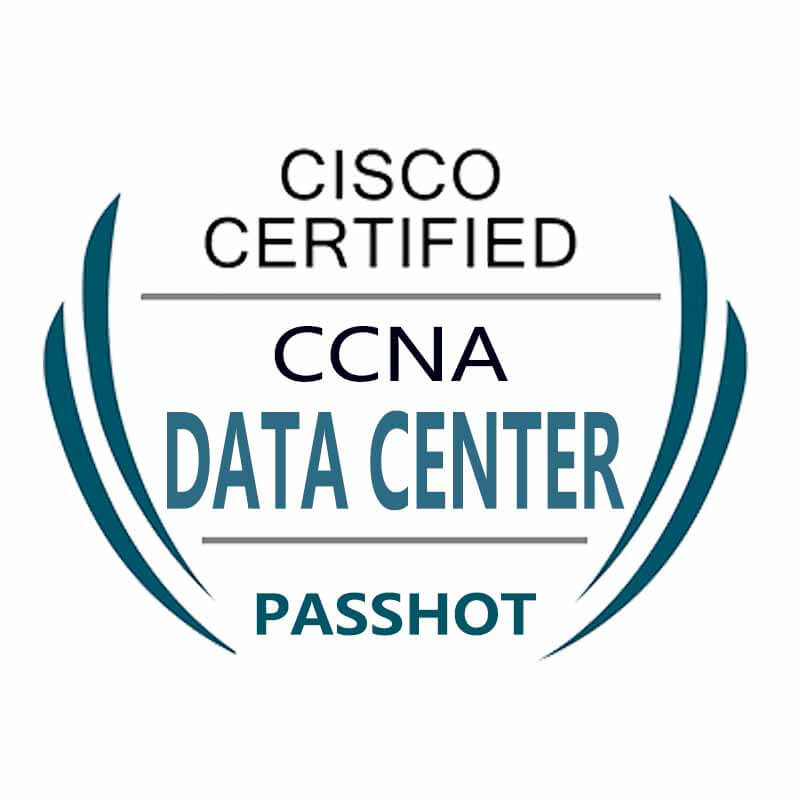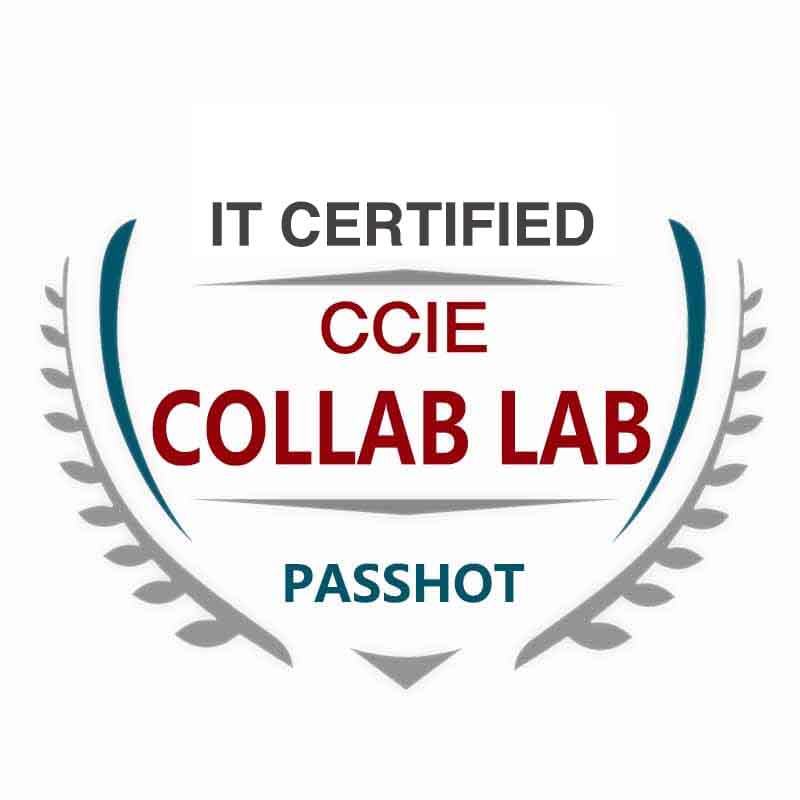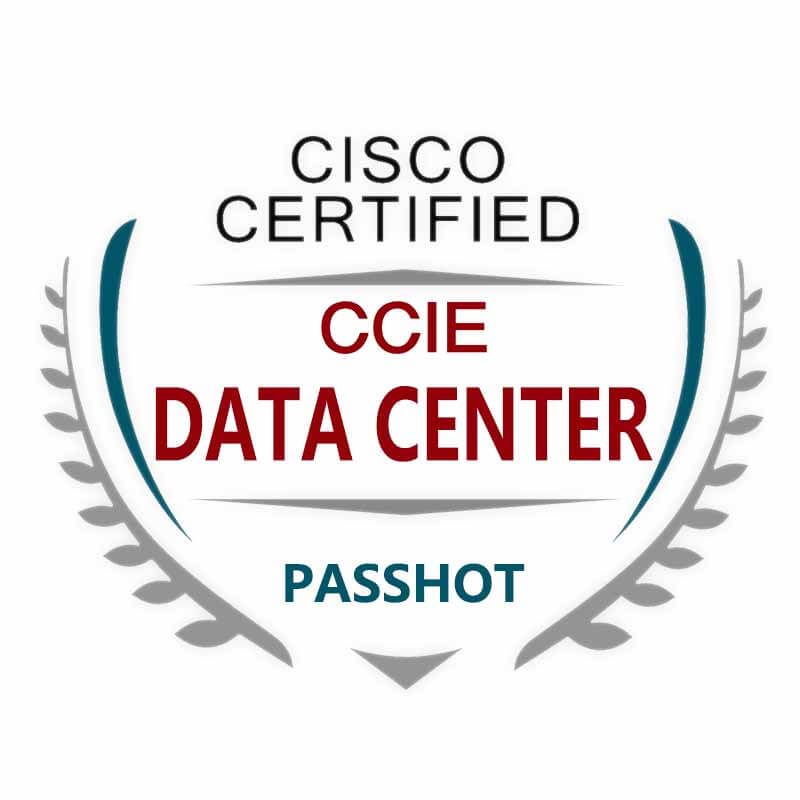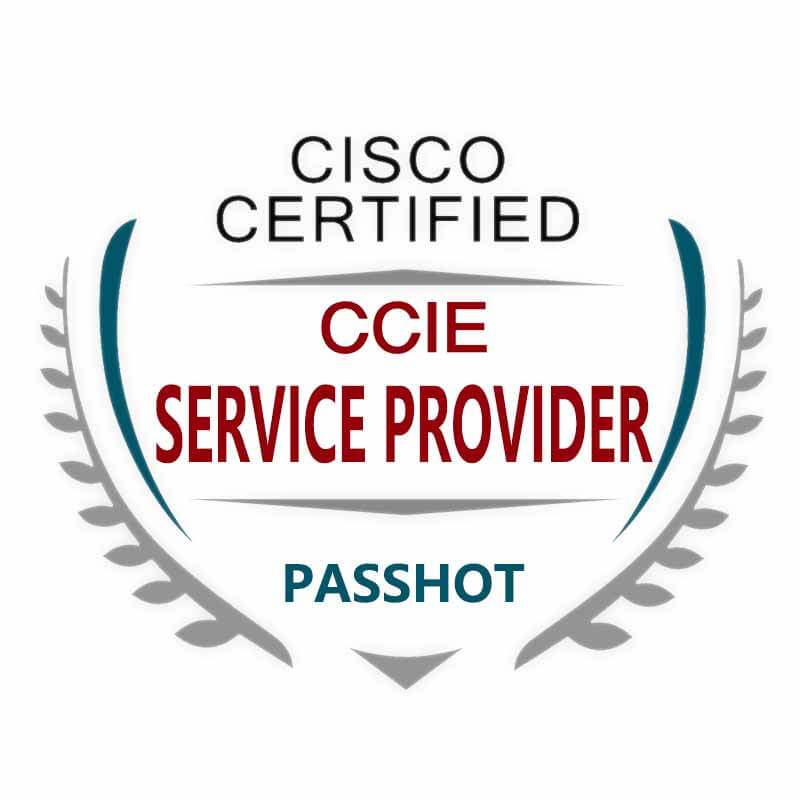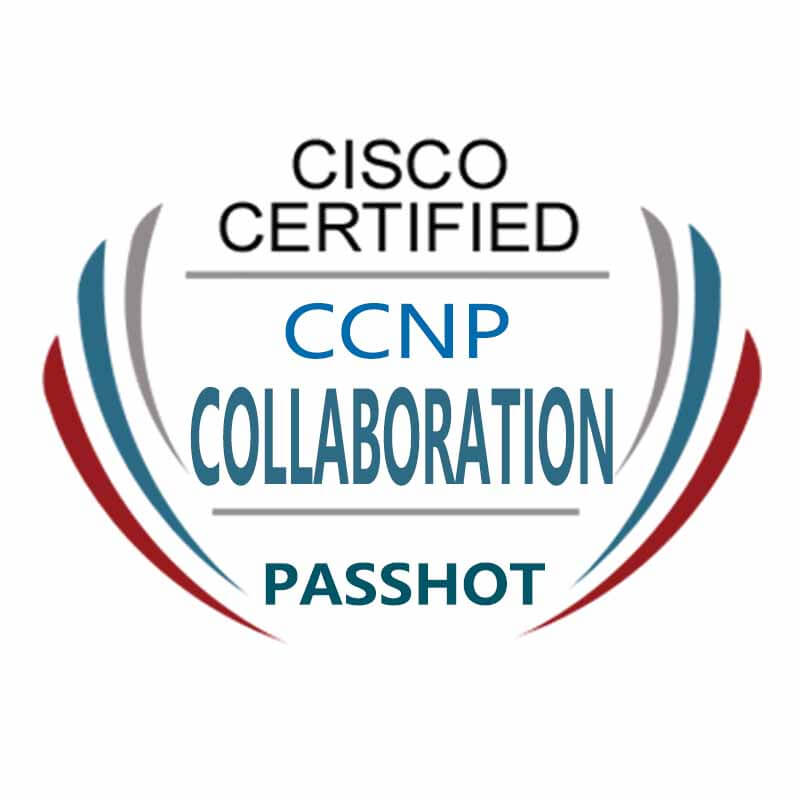100% Pass Cisco, PMP, CISA, CISM, AWS Dumps on SALE!
Get Now
01:59:56
X
3 minutes to understand what is the LDP protocol
LDP neighbor establishment
1. Neighbor discovery stage:
Use UDP packets
Both source and destination ports are UDP 646
R1#show mpls ldp discovery Verifies whether the other party's LDP hello is received
2. The session establishment phase:
Using TCP messages, unicast one-to-one.
By default, the largest transport-address is the initiator. The default transport-address is equal to router-id
router-id and ospf router-id election are the same [manual election & automatic election]
Ensure that the transport-address address is reachable
① Run IGP protocol
② Manually specify the physical address as router-id
Use the following commands to modify the transport-address in interface mode
(Config-if)#mpls ldp discovery transport-address interface【Specify the current interface】
(Config-if)#mpls ldp discovery transport-address x.x.x.x [specify the transport-address separately]
LDP protocol configuration basic commands
ip CEF [The router opens show run | s ip cef by default]
mpls label protocol ldp
mpls label router-id loopback 0
interface fx/x [send LDP hello message, physical interface enable mpls ip]
mpls ip

Verify LDP protocol
R1#show mpls interfaces Check which interfaces of this route enable LDP
R1#show mpls ldp discovery verify LDP protocol phase 1: whether it is established, check which neighbors have received LDP hello sent by this router
R1#show mpls ldp neighbor Verification of LDP protocol Phase 2: Session establishment phase, to see which devices have established LDP session with this router
R2# show mpls ldp parameters
Protocol version: 1
Downstream label generic region: min label: 16; max label: 100000
Session hold time: 180 sec; keep alive interval: 60 sec Phase 2
Discovery hello: holdtime: 15 sec; interval: 5 sec Phase 1
pop default label is 3
PHP's penultimate hop pops up: when the last router LER looks up the table, only the ip routing table is checked, instead of checking the MPLS forwarding table first, and then the IP routing table, to improve forwarding efficiency.
Advanced features
①Prevention of routing loop
R1(config)#mpls ip propagate-ttl
Disable TTL replication function: protect MPLS intranet.
When users of the external network, trancert can not see the structure of the MPLS internal network
② LDP neighbor authentication
R2(config)#mpls ldp neighbor x.x.x.x password xxx
Three tables for each routing protocol
ospf routing protocol: neighbor table topology table routing table
eigrp routing protocol: neighbor table topology table routing table
BGP routing protocol: neighbor table BGP table routing table
Three tables of LDP protocol: neighbor table label binding table label forwarding table
LDP protocol configuration basic commands
①Global configuration
ip cef
mpls ip
mpls ldp router-id loopback 0
mpls label protocol ldp
mpls label range 100 199 [Modify the range of locally generated label values, the default is 16~20^20]
② Interface configuration
mpls ip
LDP protocol configuration verification
R1#show mpls ldp neighbor View TCP session establishment
R1#show mpls ldp bandings View LDP tag library
R1#show mpls forward-table View MPLS forwarding table
Overview of parameters in the MPLS forwarding table
Local Tag: The label assigned by this router to the routing prefix, which is sent to LDP neighbors and is globally unique.
Outgoing Tag: Tag information learned from neighbors
Pop tag: Pop up the top-level tag. The router is a direct route, and the summary route is assigned a pop tag
Untag: pops up all the labels and enters the IP domain from the MPLS domain
The difference between Pop Tag and Untag
pop tag: The penultimate hop pops the label, and only the top label is popped. The packet forwarded by this action can make the IP packet also an MPLS label packet.
untagged=no lable: The data packet enters the IP domain from mpls. Untag no matter how many layers of tags are removed, all untags will be forwarded out as a pure IP packet.
The above is the news sharing from the PASSHOT. I hope it can be inspired you. If you think today' s content is not too bad, you are welcome to share it with other friends. There are more latest Linux dumps, CCNA 200-301 dumps, CCNP Written dumps and CCIE Written dumps waiting for you.
Cisco Dumps Popular Search:
free braindumps ccna 2 exam should i take ccna or ccent ccie routing and switching lab hardware ccna exam enroll ccnp switch qos cisco khmer book ccna official cert guide 200 301 ccie routing and switching lab exam locations ccie routing and switching troubleshooting practice labs v5.0
Copyright © 2025 PASSHOT All rights reserved.

